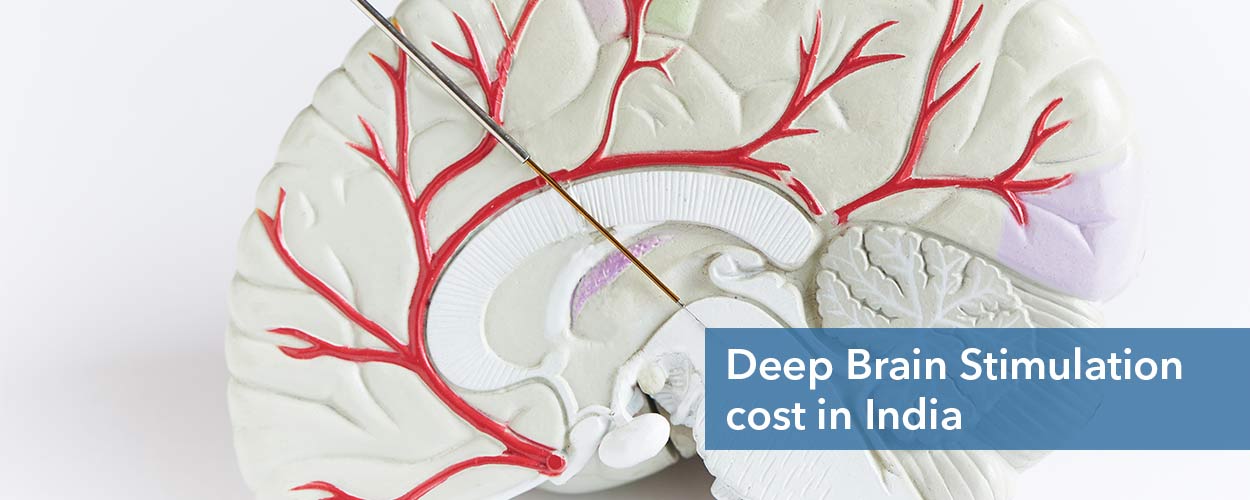Treatment
Treatment options for dystonia are numerous. Based on the nature and severity of the dystonia, the doctor will choose the appropriate course of therapy.
Since dystonia cannot be cured, therapy focuses on symptom management. The three tiers of treatment for dystonia include:
- Botulinum toxin (Botox) injections
- Medication
- Surgery.
These can be utilized separately or in conjunction. Botox and medications both work to stop the nerve from communicating with the muscle, which may minimize atypical postures and motions.
- Botulinum toxin, popularly known as Botox or Xeomin, is a modern medication.
- The afflicted muscle receives an injection of the poison.
- The acetylcholine molecule, which causes muscular contractions, is blocked there. Every three months or so, the injection must be repeated.
Medication
Medications can lessen the “overdrive” signals that lead to dystonia’s excessive muscular contractions. Among the drugs utilised are:
- Levodopa
- Procyclidine hydrochloride
- Diazepam
- Lorazepam
- Clonazepam
- Baclofen
Surgery
If medicine and other therapies are ineffective and the symptoms are degrading one’s quality of life, surgery may be an option.
Deep brain stimulation is the basis of surgical therapy for dystonia (DBS).
How it works: A battery-operated stimulator, akin to a pacemaker, is inserted in the body during DBS surgery and sends electrical stimulation to the parts of the brain that are responsible for the symptoms of dystonia. By using a remote control, the brain stimulation may be adjusted to the ideal levels for each patient. The electrical pulse frequency and strength are controlled by the patient’s physician.
Due to its effectiveness and lesser risk of complications, DBS has taken the place of previous surgical procedures such as stereotactic thalamotomy, pallidotomy, and cervical rhizotomy.
However, the advantages and disadvantages of any operation should always be carefully compared. Although some individuals with dystonia report considerable symptom reduction following surgery, there is no assurance that everyone will benefit.
Other than medication, another choice is a sensory trick. By applying stimulation to the injured or neighboring body region, the muscles may contract less forcefully. People have the ability to regulate their own contractions by just touching this spot.
The symptoms of dystonia may also be managed by stress reduction, physical treatment, and speech therapy.
- It is important to keep in mind that electronic devices such as cellular phones, microwaves, pagers, security doors, anti-theft sensors, and household appliances will not affect the stimulator.
- However, one should carry the Implanted Device Identification card when traveling by air as the device is detected at airport security gates.


